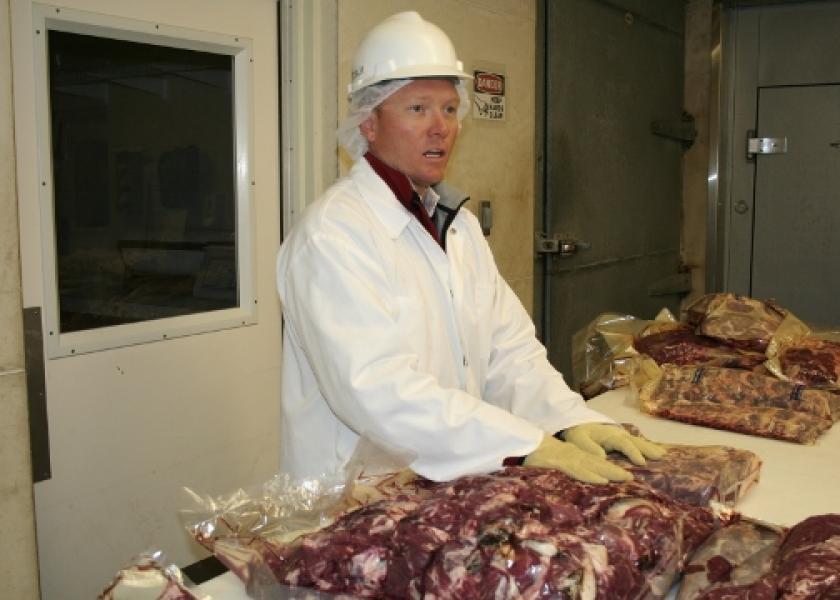Liver Abscesses: Beyond Just Liver Condemnation

With beef liver prices depressed at around $3 at the packer level, liver condemnations due to abscesses represent a relatively minor economic problem. But, says West Texas A&M University Animal Scientist Ty Lawrence, PhD, the economic impact of liver abscesses in feedyard cattle can run much higher due to lost performance and carcass quality. And when liver values increase, the cost of condemnations can add up to significant reductions in total carcass value.
Speaking at the recent Academy of Veterinary Consultants (AVC) conference in Fort Worth, Texas, Lawrence said some aspects of the interactions between rations, rumen pH and pathogens, which result in liver abscesses, remain unclear. Lawrence says, however, that studies have documented these performance losses associated with liver abscesses in feedyard cattle:
- Feed intake reduced by 5%.
- Gain to feed ratio reduced by 6%.
- Average daily gains reduced by 9%.
- Finished live weights reduced by 10% and hot carcass weights by 12%.
- Subcutaneous fat reduced by 11%.
- Up to a 21-fold increase in carcass trim.
In severe cases, Lawrence notes, abscesses can cause liver adhesion to the diaphragm, with the infection spreading to the lungs and potentially causing respiratory disease.
Management factors most associated with liver abscesses include rations high in fermentable starch, aggressive grain processing and limited roughage in the ration. These factors can lead to reductions in rumen pH, rumenitis and lactic acidosis. Damage to the rumen wall allows bacteria to penetrate and infect the liver. Bacteria involved include Fusobacterium necrophorum, Trueperella pyogenes and, in some cases, Salmonella enterica.
Fusobacterium is the most common and widespread of those pathogens, found across the United States in around 80% of abscesses. Trueperella is most common in the Pacific Northwest and less common in the High Plains region, while Salmonella infections are more common in the High Plains.
Among cattle types at slaughter, abscesses are least common in culled range cows, more common in fed steers and heifers, and most common in fed Holstein steers, probably due to the extended finishing period for calf-fed Holsteins.
Even in Holstein steers, Lawrence says, the frequency of abscesses can vary widely between sources, ranging from near zero to near 100%. The difference likely results from early management of those steer calves, Lawrence says. Deficiencies of colostrum at birth and too-rapid transition to solid rations probably contribute to poor rumen development and rumenitis later in life.
As a multi-factorial condition, we’ll probably never see a single “silver bullet” for preventing liver abscesses, Lawrence says. Research suggests an association between certain genomic markers and abscess risk, indicating genetic selection could someday help reduce the incidence. Currently, feedyards incorporate an ionophore in rations to prevent the problem. When feedyards avoid ionophores for cattle in natural or organic programs, they need to decide how high an incidence of liver abscesses they and their packer are willing to accept. Longer backgrounding programs, higher roughage levels in feedyard rations and use of natural additives targeting rumen health can help reduce abscess incidence, but all come at an economic cost.
AVC members can view recorded proceedings from AVC conferences on the AVC website. The next AVC conference takes place August 9 to 11 in Denver, Colo.







